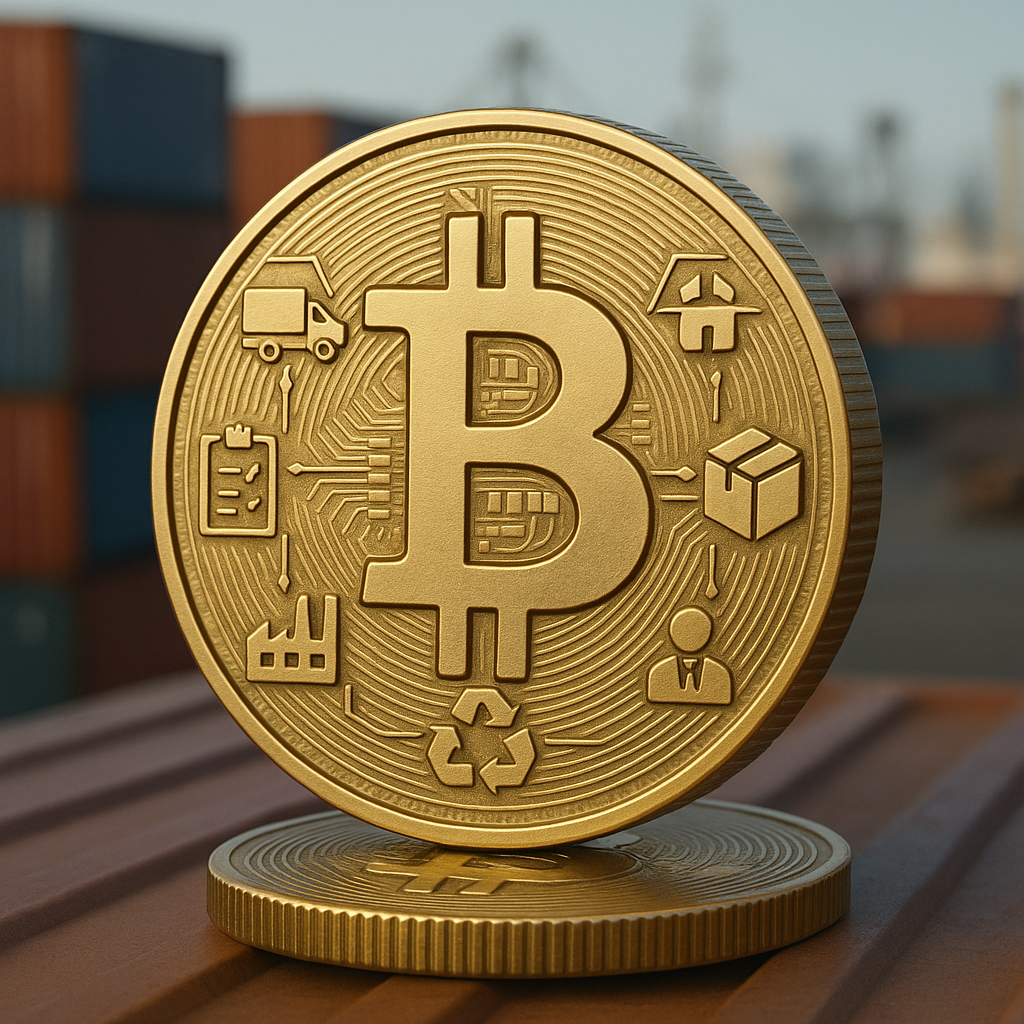Blockchain’s role in sustainable supply chains
The study finds a dramatic acceleration in research output post-2020, with 2024 marking a peak year at over 150 publications. This 400% surge signals a growing acknowledgment of blockchain’s potential to solve traditional supply chain inefficiencies such as fraud, delays, and counterfeit goods. However, the rise is not evenly distributed.

Global research on blockchain for sustainable and transparent supply chains has accelerated dramatically since 2020, but remains fractured across regions and disconnected in thematic focus, reveals a new review published in Logistics. The peer-reviewed study, titled "Mapping the Landscape of Blockchain for Transparent and Sustainable Supply Chains: A Bibliometric and Thematic Analysis", analyzes 559 peer-reviewed studies from 2016 to 2024 to conclude that blockchain is not just a technological innovation but a framework for systemic reform in global supply chains.
The researchers deployed PRISMA guidelines and utilized Bibliometrix and Biblioshiny tools to evaluate author patterns, geographic contributions, keyword co-occurrence, and thematic evolution. The findings emphasize blockchain’s rising prominence as a transformative logistics tool, yet they also expose critical weaknesses in global academic cohesion and theory integration.
How is blockchain research in supply chains growing and who is leading it?
The study finds a dramatic acceleration in research output post-2020, with 2024 marking a peak year at over 150 publications. This 400% surge signals a growing acknowledgment of blockchain’s potential to solve traditional supply chain inefficiencies such as fraud, delays, and counterfeit goods. However, the rise is not evenly distributed.
China and India dominate publication output, accounting for nearly half of all studies, with China leading at 303 publications and India at 246. The U.S., U.K., and Italy follow but with significantly lower contributions. Latin American and African nations, such as Colombia, Brazil, and South Africa, remain marginal players. In terms of institutional contribution, Northeastern University in the U.S. leads, while Chinese universities are heavily represented in the top 10.
Despite high output, China and India show limited international research partnerships. More than 70% of their publications are single-country outputs. Conversely, countries like the U.K., France, and Pakistan exhibit more collaborative research structures, balancing domestic and international contributions. This divide raises concerns over the global inclusivity of blockchain research in supply chains.
What are the dominant and emerging themes in blockchain supply chain research?
Keyword and thematic analysis reveal a fragmented yet evolving field. Dominant themes revolve around “smart contracts,” “IoT,” “Ethereum,” and “food supply chain traceability.” These terms suggest strong interest in automating supply chain operations, verifying product provenance, and integrating blockchain with other digital technologies.
Thematic clusters show that while technical implementation is well-established, sustainability themes, like “green supply chain,” “circular economy,” and “carbon footprint”, are still emerging. These keywords appear in lower-density, lower-centrality zones of thematic mapping, indicating underdeveloped but growing areas.
The analysis also reveals six research clusters:
- Technological Cluster: Focused on digital tools such as smart contracts, decentralized ledgers, and Ethereum platforms.
- Food Safety Cluster: Emphasizes traceability and disruption mitigation, especially post-COVID-19.
- Sustainability Cluster: Integrates blockchain with circular economy goals, privacy, and AI.
- Security Cluster: Addresses anti-counterfeiting and regulatory compliance in sectors like pharmaceuticals.
- Governance Cluster: Explores stakeholder dynamics and decentralized frameworks.
- Implementation Cluster: Examines operational transparency through enterprise frameworks like Hyperledger.
The researchers note that while blockchain’s integration with traceability and automation is well-advanced, its linkages with broader sustainability and governance issues remain diffuse and in need of theoretical anchoring.
What are the implications for policy, research and industry practice?
The study stresses that blockchain’s potential extends beyond a mere digital tool - it offers a systemic solution for global supply chain inefficiencies. However, to fully realize this potential, academic discourse must evolve from descriptive mappings to integrated, theory-driven inquiry.
The authors recommend embedding frameworks like the Technology–Organization–Environment (TOE) and Resource-Based View (RBV) to better assess blockchain's transformative value. TOE helps classify barriers (e.g., technological immaturity, organizational resistance, regulatory uncertainty), while RBV frames capabilities like trust and automation as strategic assets.
Real-world examples highlight this dual need for conceptual clarity and practical testing. Ethereum dominates as a platform, but the study calls for deeper scrutiny of its environmental footprint and scalability issues. Alternative platforms (e.g., Hyperledger) and Layer 2 solutions are proposed as more sustainable options.
The researchers also highlight exemplary initiatives, including:
- ChileCompra: A blockchain-based public procurement system in Latin America.
- IBM Food Trust and Carrefour: Blockchain use for food traceability.
- OpenSC by WWF: Ethical product verification via blockchain.
- LACChain by IDB: Cross-border applications in Latin America for procurement and credentialing.
Despite these advances, institutional inertia, high costs, and policy ambiguity persist as barriers. Therefore, cross-border research consortia, open data standards, and regulatory sandboxes are urged to accelerate adoption.
Future research must prioritize inclusivity, empirical validation, and theoretical robustness, bridging the gap between blockchain’s technological promise and its sustainability mandate.
- FIRST PUBLISHED IN:
- Devdiscourse










